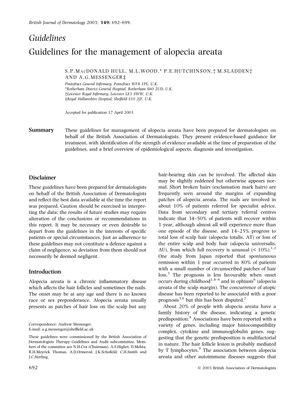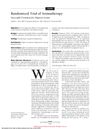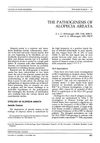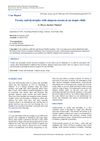Guidelines for the Management of Alopecia Areata
October 2003
in “
British Journal of Dermatology
”

TLDR The 2003 guidelines suggest that while some treatments can regrow hair in alopecia areata, none alter the disease's progression, and wigs may be the best option for extensive hair loss.
In 2003, guidelines were established for managing alopecia areata, indicating that while various treatments could induce hair growth, none could change the disease's course. Contact immunotherapy was somewhat effective, with 30% of patients showing hair regrowth after 6 months, and 78% after 32 months, but less so for those with alopecia totalis/universalis. Other treatments like phototherapy, minoxidil, and dithranol lacked convincing evidence, and some, like oral zinc and isoprinosine, were ineffective. Adverse effects were noted for several treatments, such as severe dermatitis from contact immunotherapy. The document highlighted the high rate of spontaneous remission and suggested that for many, especially women with extensive hair loss, wigs were the most effective option. The guidelines emphasized the importance of considering the psychological impact of alopecia areata and the potential risks of treatments, suggesting that many patients could be managed by reassurance alone. The recommendations were categorized based on the strength and quality of evidence, from randomized controlled trials to inadequate evidence due to methodological issues.






